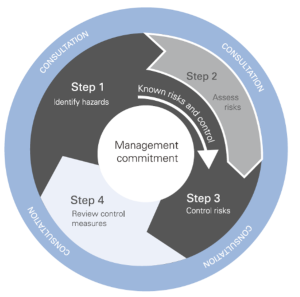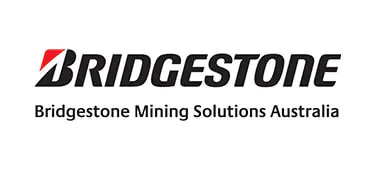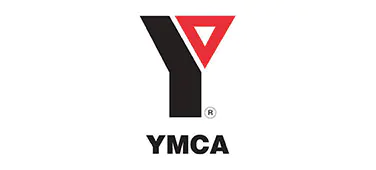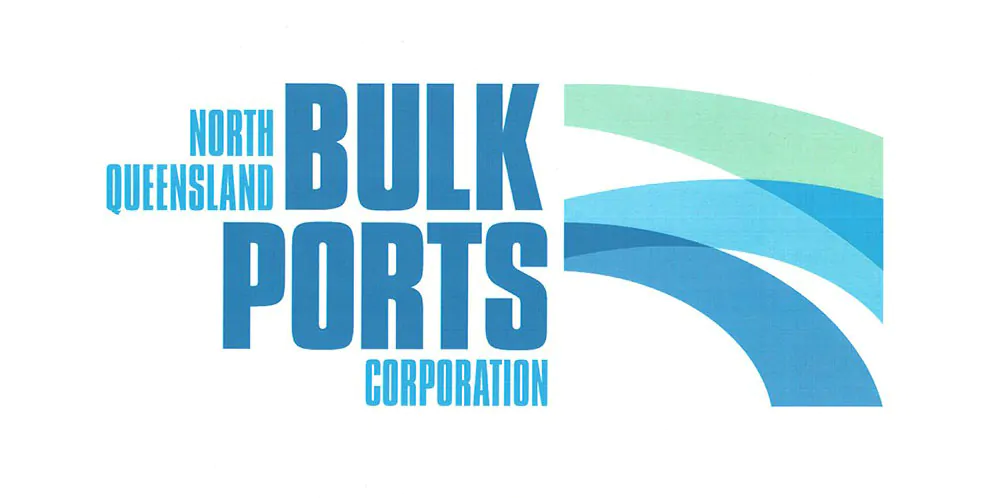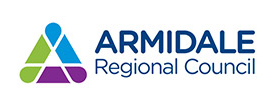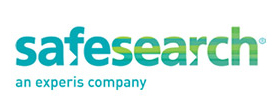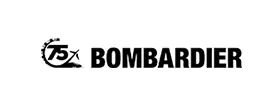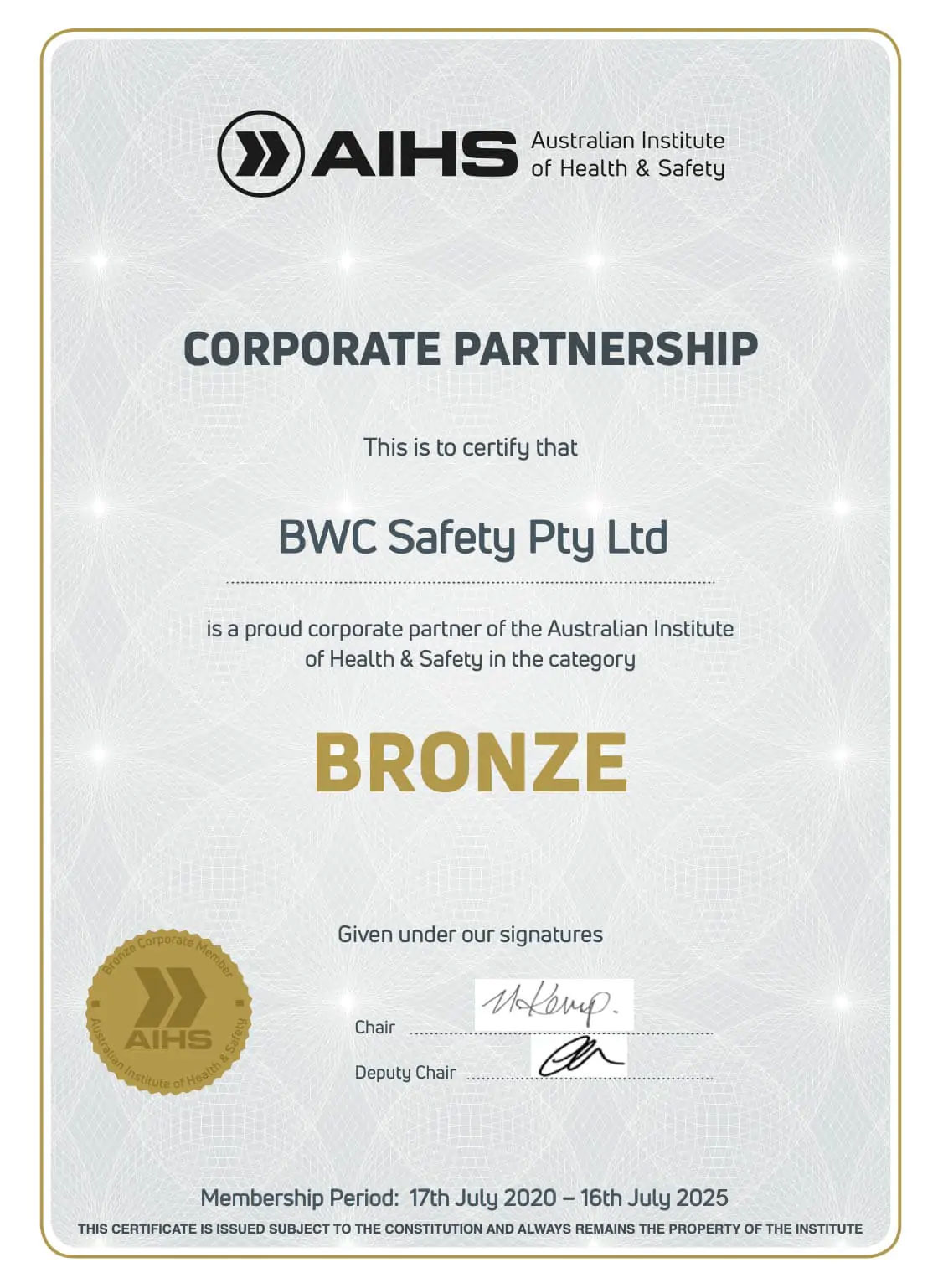Psychosocial Hazards in the Workplace
Psychosocial Hazards in the Workplace
The Law Around Psychosocial Hazards in the Workplace – What You Need to Know
In late 2021, SafeWork NSW released a Code of Practice titled “Managing Psychosocial Hazards at Work”, outlining the legal requirements for organisations to either eliminate or minimize psychosocial hazards as much as reasonably practicable. Over the following years, the safety regulator has increased awareness through inspections, often asking businesses, “What processes do you have in place for managing psychosocial hazards?” Enforcement actions against those who don’t comply have ranged from Improvement Notices, up to and including more severe penalties.
By 2024 the regulator is becoming tighter, assuming organisations have sufficient time to comply voluntarily. If businesses have neglected these obligations, worker complaints usually follow and often result from the lack of support or the failure to address concerns around workplace psychosocial hazards.
Unfortunately these situations oftentimes show a lack of knowledge and readiness, which then leads to panicked requests for the external help.
Recent high profile infringements
In October 2023 the Sydney Morning Herald ran a news story around the staff exodus from a major Sydney hospital amid ‘toxic’ bullying claims. SafeWork NSW investigated and issued a series of penalty notices for “failing to manage the impact of work-related psychosocial stressors on staff”.
Across the city, a few weeks later at a large construction site involving multiple contractors, SafeWork also issued Provisional Improvement Notices on a large contractor for failing to manage psychosocial risks to its workers. The contractor reached out to BWC Safety to conduct an independent investigation. After interviewing dozens of workers and managers one thing was clearly evident – the whole concept of psychosocial hazards was poorly understood by the managers and supervisors.
Sadly, these are fairly typical outcomes for organisations that have concentrated on what they perceive to be their core business and have ignored their legal obligations to manage psychosocial risks to workers. As leading WHS consultants we note that these issues are becoming more prevalent and a focal point for the safety regulator in each state.
Common psychosocial hazards examples in the workplace include:
Job content and demands: Long term stress can come from overload, unpredictable hours, and a lack of control.
Lack of role clarity: When job roles are ambiguous or conflicting, then psychological strain increases, and uncertainty is also elevated.
Poor workplace relationships: The most toxic types of psychosocial hazard include bullying, social isolation, poor leadership.
Organisational structure and climate: Stress is caused by limited participation in decision making, unclear objectives, or a perception of inequality.
Poor job security and uncertainty: Insecurity and stagnation can be resulting from lack of chance of advancement, uncertainty of employment and ambiguity.
Sustained poor work-life balance: When the other aspects of life encroach on the elements of work and vice versa, then the concept of burnout takes effect, which exposes the participant to one negative impact or the other.
Remote or isolated work: It can increase feelings of vulnerability and isolation; separation from colleagues.
Organisational change: Uncertainty and stress are induced by poorly managed changes.
Exposure to violence or traumatic events: High levels of post traumatic stress can be experienced by professions such as first responders.
These psychosocial hazards examples have implications that range from addressing the horrible side effects of mental health disorders, burnout, absenteeism, decrease in productivity, and high staff turnover. Identifying and managing psychosocial risks is important but proper identification and control of psychosocial risks are pivotal to ensuring a safe, healthy and productive workplace. For guidance, organisations can refer to the NSW Government’s Code of Practice on psychosocial hazards.
How to manage these Psychosocial Hazards
The key to managing psychosocial hazards in the workplace is to apply the four-step Risk Management Model:
Identify Hazards: This is often an overlooked step, with organisations responding once an issue gets out of hand. Proactive management doesn’t wait for an incident to happen, it means seeking regular feedback in relation to any psychosocial risk factor in the workplace.
Assess Risks: Next, identify the hazards and then assess how severe your identified psychosocial risks are to your workforce.
Control Risks: The steps include minimizing or eradicating the psychosocial hazards through putting in place controls. It might include how they work (changing the nature of the tasks) or provide sources to enhance communication and support to their employees.
Review Controls: Furthermore, these risk controls should also be evaluated from time to time regarding the suitability and efficiency of these risk controls and used in the management of psychosocial health.
I think we have a problem – what should we do?
Having read this far, there is a fair chance that you are concerned that your organisation:
a) may have problem down the road (headache),
b) has little or nothing in place,
c) doesn’t know what to do next
One of the recommendations in the Code of Practice for firms who are struggling to understand or manage psychosocial hazards is to engage the services of an external safety consultant with experience in this area. The benefits of engaging external help like both in their previous experience and also their independence.
One of the recommendations from the NSW Government’s Code of Practice is to engage an external safety consultant. Such professionals can have confidential discussions with the staff, assess the work environment as being at (psychosocial) risk, and make recommendations for their improvement. Once problems have been identified as key, the management must consult with workers and their representatives on ways to solve the problems. Forming a WHS committee, if one doesn’t exist, is often an essential first step to prioritising actions and monitoring progress.
If you do not have experience – seek help
Dealing with psychosocial hazards in the workplace can be challenging, especially for managers and supervisors who are good at their trade but lack the experience to investigate the issues and consultatively work through solutions. An attempt that fails can do more damage and cause more distrust. A botched attempt can only lead to more distrust and greater damage. We would strongly recommend that independent safety consultant, with a well known track record to investigate and facilitate psychosocial risks be sought.
Contact BWC Safety for support, advice and to get a consultation.
Request a Quote
Ensure your organisation isn’t making critical WHS mistakes by getting expert advice before it’s too late.

